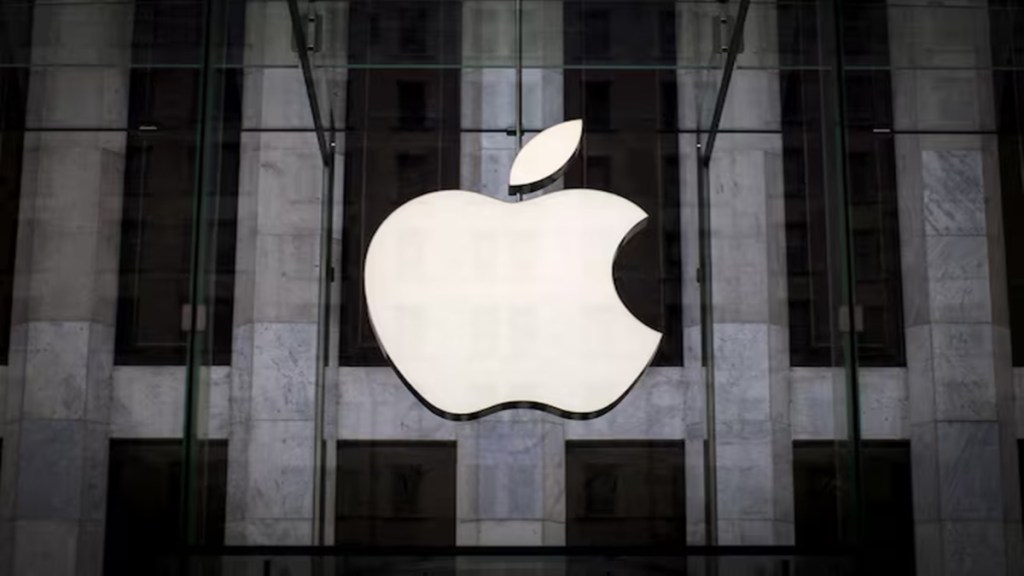Apple’s efforts to navigate through the disruption of US President Donald Trump’s trade war with China augurs well for the scaling up of its iPhone production in India. The $3-trillion US tech giant has been deepening its local presence over the last four years. Now it plans to shift the assembly of all US-sold iPhones as soon as next year to India, according to the Financial Times. This is an opportunity that must be seized although it is not without its challenges. Apple’s pivot away from China — where is still has the manufacturing ecosystem to assemble 80% of all iPhones — has been driven by Trump’s disruptive tariffs of as much as 145% on the mainland. Although the US suspended reciprocal tariffs on electronics on April 12, the dragon’s exports of smartphones to the US still face 20% tariffs. A 20% cost advantage clearly makes India a more attractive supplier for Apple that dominates US smartphone imports. In fact, after Trump’s tariff announcements, Apple rushed to export available Indian-made iPhones to the US.
Apple’s plans to shift all US-sold iPhones — that amounted to 65 million or 28% of its global iPhone shipments last year — entail a doubling of its production in India. Prima facie, it appears ambitious as India assembled 40 million iPhones out of which 32 million worth $17.5 billion headed to the US market (including West Asia) in FY25. India accounts for a fifth of Apple’s global production of 232 million iPhones as it has been steadily building up capacities in the country through its preferred contract manufacturers like Foxconn and Tata Electronics who operate five facilities in Tamil Nadu and Karnataka. For a doubling of production as soon as next year, an ecosystem of suppliers and labour force must be in in place.
The need is for a supply base of components to be co-located with these assembly facilities to enable a scaling-up of production. Of the 187 companies that produce the components that go into the making of an iPhone, 169 have a manufacturing presence in China. A big problem in luring such suppliers is that investments from the mainland are still subject to restrictions despite a recent thaw in Sino-Indian relations. Apple’s supplier Luxshare failed to secure approvals although it was ready to a have a local joint venture partner. Nevertheless, there has been some progress with Apple’s supplier Salcomp — which produces chargers, displays, and other smartphone components — having a base in Tamil Nadu. Last year, US smartphone glassmaker Corning partnered with Optiemus Infracom. Another supplier, Jabil, inked a memorandum of understanding with Tamil Nadu last September.
To replicate Apple’s success in the mainland, there is also the need to have a similar ecosystem of a steady supply of trained female workers in place. In this regard, the good news is that Tamil Nadu is taking the initiative (along with Foxconn and Tata) by investing in dormitories for women near the assembly facilities. Many states now permit women to work in night shifts. The state governments and contact manufacturers also must invest in training programmes to enable greater productivity of the workforce. While India gears up for a bigger bite of Apple, it must facilitate this by reducing import duties and non-tariff barriers on components, and accelerate the import and adaptation of manufacturing know-how.

